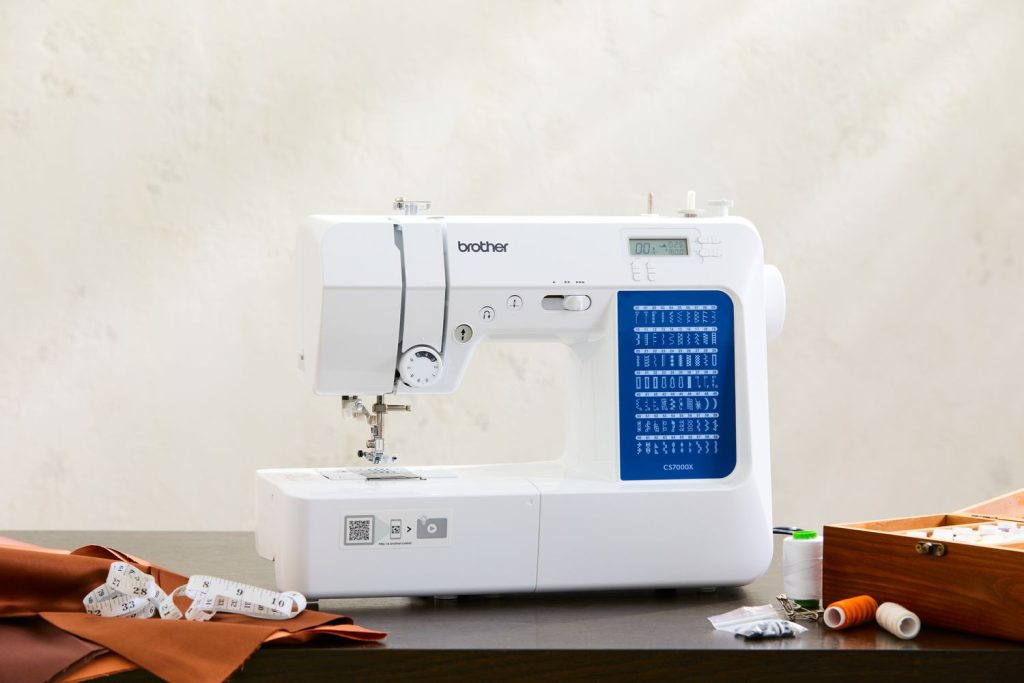Imagine a world where every stitch on your clothes was done by hand, where the simple act of making a shirt was a day-long affair. Sounds tedious, doesn't it? Yet, this was the reality before a groundbreaking invention came along and changed everything: the sewing machine. Celebrated every June 13, National Sewing Machine Day isn't just a nod to a device that's found in nearly every household; it's a tribute to an innovation that transformed the textile industry, making fashion and fabric creation accessible to millions. Before Elias Howe secured his patent on this day in 1846, sewing was a laborious task, reserved for the patient and skilled hands of seamstresses and tailors. The sewing machine not only sped up the process but also opened up a world of possibilities in design and manufacture, setting the stage for the modern clothing industry. So, why is this invention, and the day dedicated to it, so significant?
Key Takeaway
Timeline
Day Activities
-
Kick off National Sewing Machine Day with a bang by joining a local sewing circle or workshop. Perfect for both novices and seasoned stitchers, these gatherings are a fantastic way to share tips, tricks, and celebrate the art of sewing together. Don't miss out on the chance to thread your needle and dive into projects that could range from simple handkerchiefs to elaborate quilts.
-
For those who prefer a more digital celebration, numerous online tutorials and live webinars are available, focusing on everything from basic sewing machine maintenance to advanced garment construction. It's a golden opportunity to sharpen your skills or pick up new ones, all from the comfort of your home. Plus, interacting with a global community of sewing enthusiasts adds an extra layer of fun to the day.
-
Lastly, why not pay homage to the sewing machine's rich history by visiting a museum or exhibition dedicated to textile arts? These venues often feature special displays on National Sewing Machine Day, showcasing vintage machines and highlighting the evolution of sewing technology. It's a unique way to connect with the past while drawing inspiration for future sewing projects.
Interesting Facts
1. Revolutionary Patent
Elias Howe received the patent for his sewing machine on June 13, 1846, changing textile production forever.
2. Before the Machine
Prior to sewing machines, clothes were hand-stitched, a slow and laborious process.
3. Home Revolution
Initially complex and pricey, sewing machines eventually became household staples, transforming home sewing.
4. Efficiency Boost
Sewing machines significantly sped up clothing production, making garments more accessible and affordable.
5. Celebrating Creativity
National Sewing Machine Day encourages appreciation for sewing's art and skill, inviting everyone to craft something unique.
Why We Love This Day
-
Celebrating Innovation and Efficiency
Before sewing machines, making clothes was like running a marathon with a backpack full of bricks—slow and exhausting. But then, June 13 rolls around, and bam! We're reminded of the day Elias Howe got his brainwave patented in 1846, making the sewing process quicker than a New York minute. This day isn't just about the gadget itself; it's a high-five to human ingenuity for making life easier and clothes cheaper. So, hats off to innovation that keeps on giving! -
Sewing: A Stitch in Time Saves Nine
On National Sewing Machine Day, we're not just celebrating a machine; we're tipping our hats to the art of sewing itself. It's like magic, turning a piece of fabric into something you can wear or use. Whether you're a wizard with the needle or just starting, this day serves as a nudge to get creative. Plus, sewing's not just about fashion; it's a handy skill that can save you from a wardrobe malfunction or help you whip up a unique gift in no time. -
A Nod to Home Crafts and Sustainability
Let's face it, in a world of fast fashion, sewing machines are the unsung heroes of sustainability. National Sewing Machine Day shines a spotlight on the power of making and mending our clothes. It's a chance to celebrate slowing down and crafting something with your own two hands. Not only does this day encourage us to embrace home crafts, but it also reminds us of the importance of sustainable living practices. So, why not dust off that sewing machine and stitch your way to a greener planet?
Past & Future Dates
| Month | Day | Year |
|---|---|---|
| JUNE | 13 | 2022 |
| JUNE | 13 | 2023 |
| JUNE | 13 | 2024 |
| JUNE | 13 | 2025 |
| JUNE | 13 | 2026 |
| JUNE | 13 | 2027 |
| JUNE | 13 | 2028 |
FAQ
What is National Sewing Machine Day?
It's a day to toast to the invention of the sewing machine, celebrated every year on June 13.
What is June 13th National Day?
NATIONAL RANDOM ACTS OF LIGHT DAY falls on June 13, established in 2017 by National Day Calendar® alongside The Leukemia & Lymphoma Society® (LLS).
How old is the Free Sewing Machine?
Well, tracing back, the John Sewing Machine Company kicked things off in 1870 and saw a couple name changes—Royal Sewing Machine Company in 1883, then finally The Free Sewing Machine Company in 1897, post moving to Rockford, Illinois, named after William C. Free, the company president at the time.
What month is National Sewing Month?
Rolled out every September, National Sewing Month honors the craft that decks out our homes, shield us from all sorts of weathers, and wraps us in warmth. Ronald Reagan made it official in 1982.
